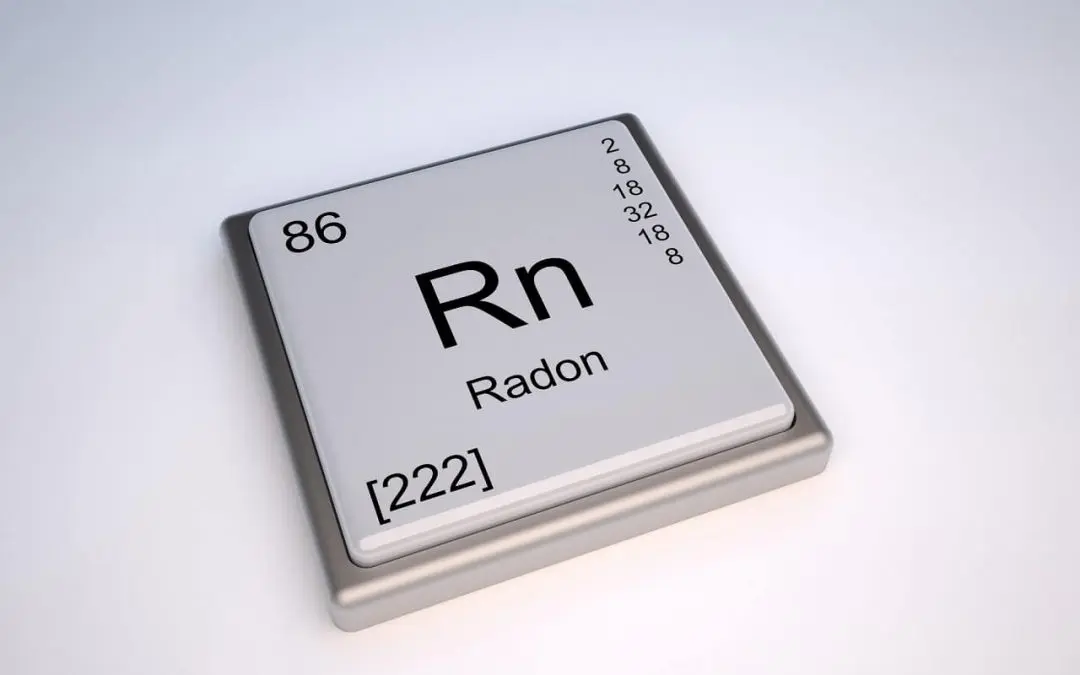Radon might be a little-known gas, but inhaling too much of it has serious repercussions. Radon is a naturally occurring gas released from the soil and rocks. It’s odorless and colorless, which is why it often goes unnoticed. Radon in your home is dangerous because it is radioactive and causes cancer.
While preventing its production is impossible, you can limit how much of it seeps into your home.
How Radon Gets in Your Home
Radon gas is a by-product of the breakdown of Uranium in soil, rocks, and water. The space inside your home is like a vacuum, drawing radon into the interior of your house.
Primarily, radon seeps through your home through cracks in the foundation. However, this dangerous gas can also be in well water. As you use the water in the house, it releases radon.
How to Reduce Radon in Your Home
The best way of reducing radon in your home is by constructing your home with radon-resistant features. While renovations can reduce radon levels in your home, they’ll cost much more than using radon-resistant construction techniques in the first place.
According to the US Environmental Protection Agency, the best radon-resistant construction techniques are:
- Laying an airflow layer beneath your foundation – usually, this layer is composed of a 4-inch layer of clean, rough gravel under the house’s foundation. The layer allows free movement of naturally occurring soil gases, reducing the amount of radon that can get into your home.
- Lay plastic sheeting under the slab, typically placed over the gravel airflow layer. The heavy-duty plastic not only prevents gases like radon from permeating the foundation.
- Add a vent pipe in the foundation – a builder runs PVC pipe vertically from the gravel through the foundation. The vent pipes through the home’s AC system to the roof. Soil gases release into the atmosphere, where they dissipate.
If you’re past the construction phase, there are still ways to reduce radon levels in a house.
Sealing and Caulking
If there are cracks in your home’s concrete foundation, seal them to prevent radon from permeating. When sealing and caulking, check for cracks in the slab, floor, and walls. However, this method should be paired with other techniques is more likely to yield better results.
There are numerous other methods of reducing radon, but most are dependent on the type of foundation your house sits on and the source of the radon gas. The best way to determine which technique is best for you is to consult a radon expert to evaluate your home and recommend the best fixes.
Inspect Co. provides home inspection services and radon testing to North and South Carolina. Contact us to schedule an appointment.

